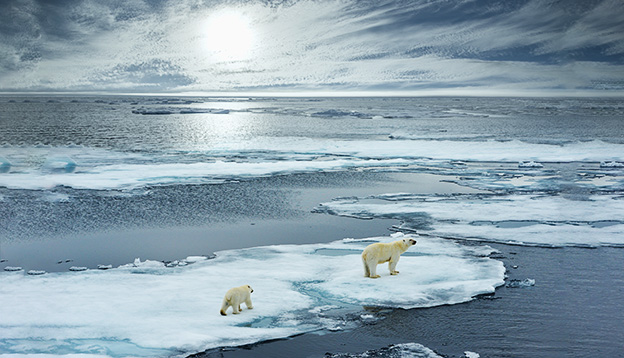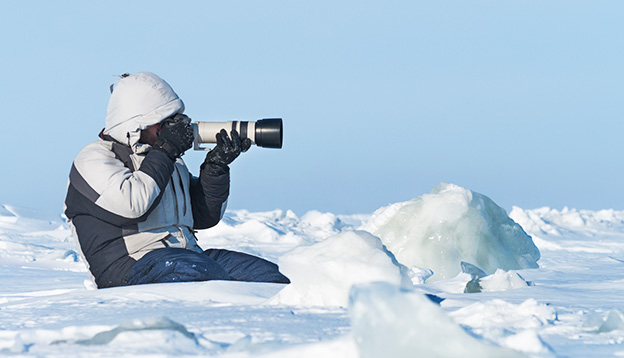KV Test Blog
Sub Title or Introduction Text - lorem ipsum...
Perfecting the art of Arctic photography – we share invaluable tips from our experts so you can make the most of your skills and your gear.
The Arctic may well be one of the most photographic destinations on earth although, much like Antarctica, it is also one of the most challenging. We’ve squeezed some valuable info from the experts and compiled a list of the top photography tips for the Arctic to help you capture those precious travel moments.
Here’s what you should know when heading north on an Arctic expedition:
1. The must-have basics: wide-angle lens, standard 50mm lens and 400mm zoom
If you’re reading this guide, we assume you’re looking to take more than your smartphone or a point + shoot along to the Arctic and this, we must say, is a very good idea. The basic set-up most photographers take along to the far north is a good DSLR body (preferably, two) along with a standard 50mm lens, a wide-angle lens and a 200 (minimum) or 400mm (ideal) zoom. This basic kit will enable you to capture the startling beauty of the Arctic landscape and its incredible wildlife from afar and, in some rare occasions, close-up. Given you’ll need to keep a safe distance from all the animals that live up north (if not for your safety, at the very least for theirs) you’ll be making good use of your telephoto lens which is the reason a 400mm zoom is preferable to a 200.

2. Take advantage of onboard photography workshops
Many Arctic expeditions include onboard photography workshops with some expeditions being solely dedicated to the craft. This is ideal if you haven’t had any Polar experience yet and are unaware of the challenges of extreme (and extremely white) landscapes. The Arctic is, without a doubt, one of the most unique (and challenging) photographic destinations on earth, the excessive glare undoubtedly the main issue for most inexperienced photographers. There are plenty of filters out there that’ll help mitigate glare and there are also techniques you can use to capture your subjects from the right angles, all of which you can learn in-situ if you haven’t had a chance to take a camera course before travelling here.
Moreover, do note that almost all Arctic expedition guides are experienced photographers of their own right so don’t hold back on asking questions and seeking guidance during your journey.
3. Practice handheld photography with your biggest zoom
Tripods can be a nuisance when travelling to the Arctic and can seriously restrict your movements on land. Who wants to lug that thing around? Unless you’re heading up in winter to catch the Aurora Borealis and planning to take plenty of long exposure shots, practice your handheld photography instead, the experts say, and you’ll relish the ability to move around freely.

4. Protecting your gear from the Arctic elements is your #1 mission
On an Arctic expedition, your main priority will be to keep your gear (and yourself) protected from the harsh elements. Bring some UV filters to save your precious lenses and include some silica absorption pads in with your gear to avoid a build-up of condensation. Rather than bring one large padded bag (the suitcase kind that holds various parts), it’s better to pack each camera piece individually in its own padded bag, all packed in an easy-to-carry backpack. This helps you avoid exposing gear to the elements, unnecessarily – ie. only open the bag of the specific equipment you need, at any given time.

5. Pack plenty of spares
Very cold temps can drain camera batteries faster than you can say ‘OMG is that a polar bear?!’ so always pack more than you think you’ll need. Moreover, it’s an excellent idea to keep your spares warm(er) by storing them in insulated bags on your person (the inner pockets of your fleece jacket are among the best battery storage spaces of all) when you’re meandering the great Arctic outdoors. Given you will take an insane number of photos, it’s safe to say you can never bring too many spare SD cards either. You’ll have plenty of downtime aboard the ship to download and recharge every day but it’s great to know that you don’t have to, should you have a particularly active day out.
